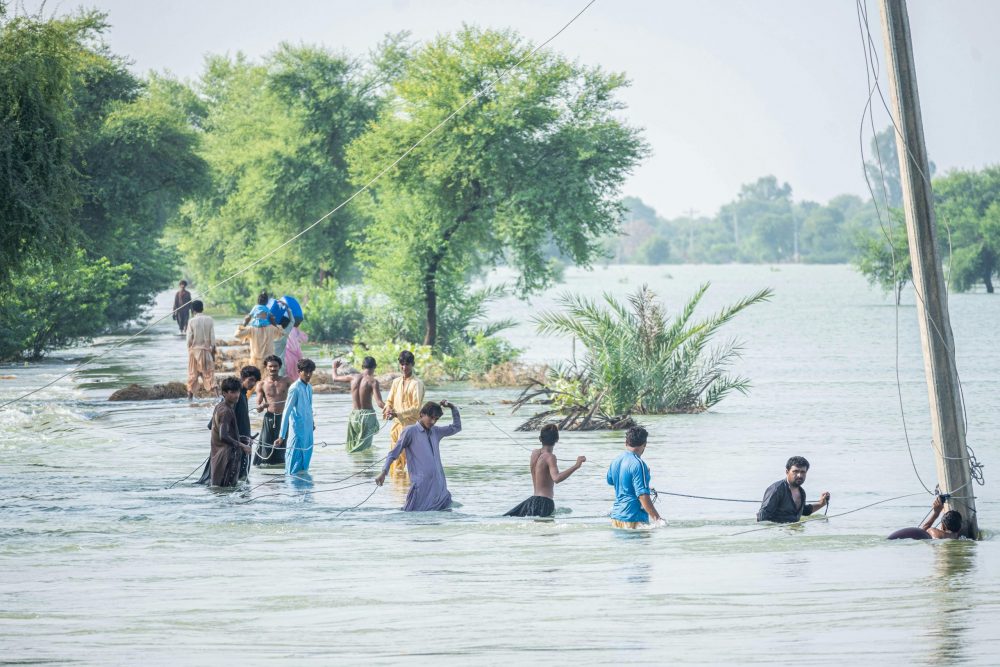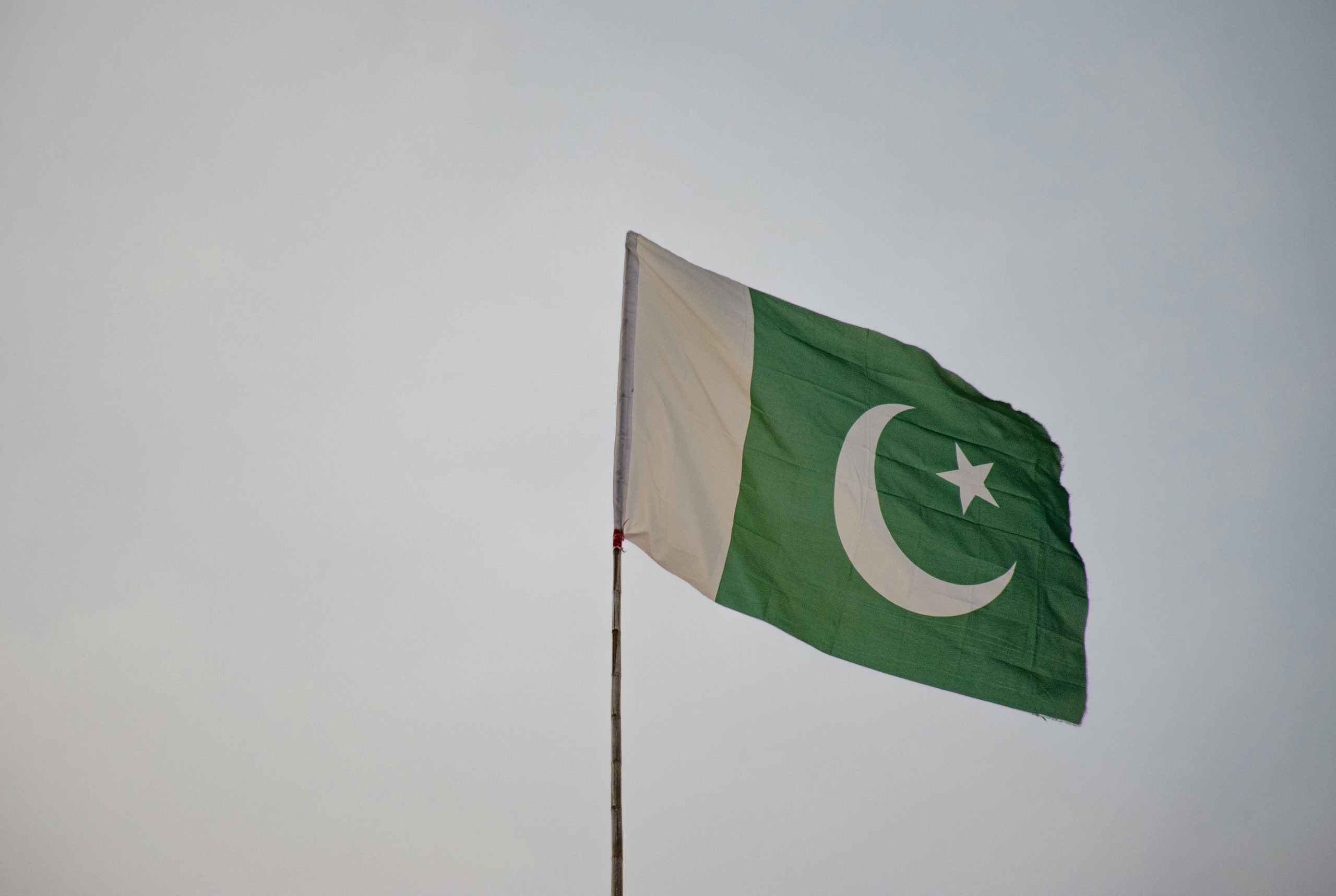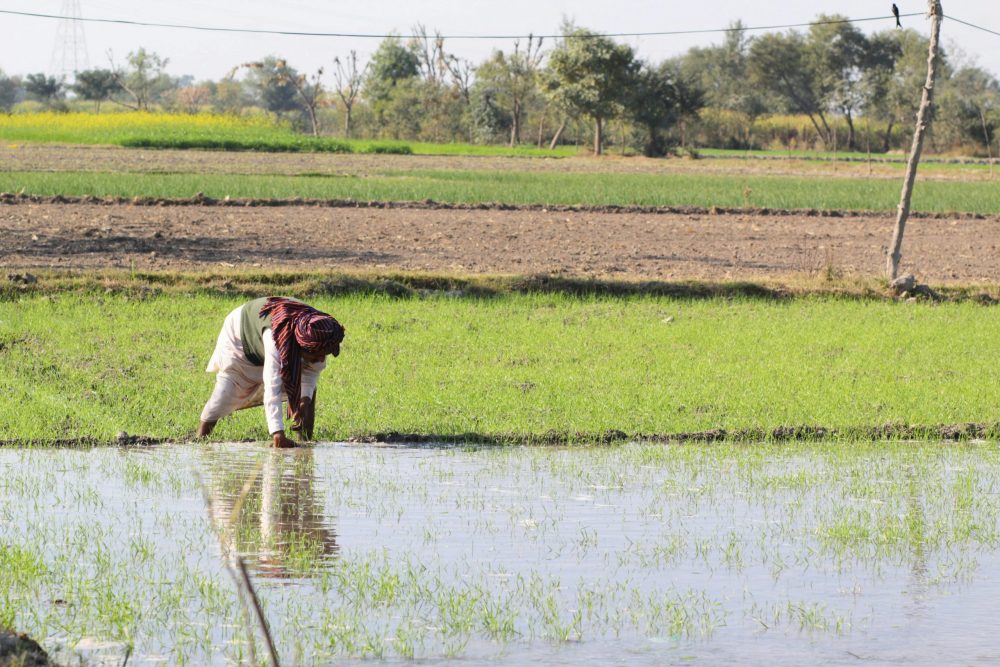Development Challenges in Balochistan
Over the past several years, Balochistan has remained the bedrock of Pakistan’s long-term national economic vision. It is the country’s largest province by area – equal to the size of both Punjab and Sindh combined – and has been endowed with abundant natural resources in the form of land, fossil fuels and minerals. It is the largest supplier of natural gas in Pakistan, and there is significant potential to develop wind energy resources. The province is also home to three-fourths of the country’s coastline, and as a frontier province, it is ideally suited to become a hub for major regional trade routes across Iran, Afghanistan, Central Asia, and the Persian Gulf.
However, despite its strategic location and resources, the province remains Pakistan’s poorest and most underdeveloped region with economic outcomes far below targets set in the long-term vision. Almost 71% of Balochistan’s households, against a national average of 37%, are classified as poor. Four of the five poorest districts across Pakistan are in Balochistan. Moreover, an array of conflicts – tribal, sectarian, and ethnonationalist – have also emerged in the last two decades, plunging parts of the province into chronic instability.
A major obstacle to growth in Balochistan is its small population spread over a very large area of land. A low population density and difficult terrain has both increased the per unit cost of service delivery and posed administrative challenges. The only major city in the province is Quetta, which faces rapid and unsustainable urbanization due to an increase in migration into the city. Development efforts in turn have contributed to the increasing intra-Balochistan regional inequality.
The province’s strategic vision and planning processes need to be revisited given this context and in light of four major recent national developments – a) enhanced autonomy and increased fiscal space for provinces following the 18th amendment and the 7tH National Finance Commission award[1], b) roll out of the Benazir Income Support program to strengthen country-wide social protection and its scaling up via Ehsaas, c) launch of China-Pakistan Economic Corridor (CPEC) as a framework of regional connectivity and development of Gwadar as a port city, and d) COVID-19’s impact on the economy, and the resultant need to enhance social protection, as well as the need to maintain supply chains, food security, and livelihoods while ensuring adequate economic activity.
A new approach to planning?
To address Balochistan’s core development challenges, any new approach towards planning should be guided by a spatially anchored data-driven framework that links public spending with territorial and spatial realities. Spending decisions based on a such an approach are likely to be more inclusive and integrated. In a fiscally constrained environment, such a strategy will not only help policymakers make the right decisions for relevant regions but also identify the most optimum use of resources to achieve intended outcomes.
Spatial strategies provide a long-term vision and framework for integrated spatial development to boost public investment efficiency, urban growth, and economic development. These enable better transnational and regional connections, optimize the use of existing infrastructure, reduce peripherality, and serve regional balancing imperatives. Specifically, a spatial strategy provides direction for growth along four inter-connected axes: (1) an infrastructure axis, focusing on transportation and logistics, 2) an economic development axis, with an emphasis on infrastructure and economic development, 3) an urbanization axis, offering guidance for urban development, 4) an institutional axis, focusing on institutional arrangements and issues of capacity.[2]
In line with the rest of the country, many public investment decisions have in the past often been politically driven which were not well-aligned with real development needs across different regions and sectors. A key reason for this is the lack of an integrated approach towards planning which is sensitive to the development needs of the province.
The current approach is distinctly sectoral/departmental and can be wasteful. Without the buy-in of other departments, even the most well-meaning strategy will be suboptimal. One such example is when, in a bid to enhance literacy, the Government of Balochistan (GOB) focused on increasing the number of schools without taking into account other more important factors that affected literacy among 70% of children aged 5-16 that are out of school in Balochistan (compared to a national average of 44%). Building more schools is likely to have little impact on literacy unless the reasons that prevent children from attending school and dropping out in the first place are addressed. These include factors such as a high incidence of diarrheal illness amongst children due to unsafe drinking water and poor sanitation. This is a classic case of how investments in one sector (water and sanitation) can improve outcomes in another sector (education) and need an integrated policymaking process to make the best decision, especially when resources are limited.
The last detailed economic report for the province, “Balochistan Economic Report: From Periphery to Core” in 2008 was a joint effort by the World Bank (WB), Asian Development Bank, and the GoB. This was followed by the Comprehensive Development Strategy (2013-20) developed with support from the UNDP. While comprehensive in their coverage of issues, these reports were not accompanied by any time-bound spatial plans or institutional frameworks to help departments implement programs and had limited success in linking public investments to actual development needs of the province. While the WB report clearly recognised the spatial dimension of development, it did not present an integrated approach to merge spatial and non-spatial data to inform policymaking. The reports would have had greater ownership and policy traction with more intensive and better structured consultations with stakeholders. A key element to ensuring successful implementation of reform is sustained engagement with mid-level bureaucracy at the heart of governance.
How will it benefit Balochistan?
For Balochistan, a spatial strategy will provide an organizing framework for integrated and long-term development planning beyond the annual budget making process. The need for such a framework is even more critical now to guide long-term economic recovery following COVID-19.
Nearly 0.36 million workers have lost jobs in Balochistan as a result of the lockdown. The agriculture sector which employs almost 37% of the province’s labor force has suffered the most. Restrictions on travel and transport in addition to closure of markets has disrupted an already-weak supply chain of close to sixteen of its minor crops. In the presence of continued disruptions, with an imminent second wave and weak road infrastructure, growers of fruits and vegetables may continue to find it difficult to transport and sell their produce in wholesale and retail markets.
While the provincial government is focused on facilitating transportation and sale of minor crops, long term measures are needed to rationalize spending such that supply chains remain intact to ensure food security and create employment by investments in ancillary infrastructure. The GoB is already inclined towards a more labor-intensive Annual Development Plan for the coming fiscal years but the kind of investments that would generate not only employment but also meet other development goals need to rely on robust data and analytical frameworks.
By using the right information policymakers will be able to make data-driven decisions such as which districts to prioritize for expanding road infrastructure, which regions are most conducive to a particular sector, how to create a value-chain throughout the province and link it to other provinces, and how to correct regional imbalances. Spatial data can also visually highlight pockets of inequities in terms of access to roads, transport etc. and help integrate investment decisions with outcome indicators such as food security, agricultural productivity, and job creation.
Going forward, a spatial strategy can also help rationalize the Public Sector Development Program (PSDP) – the key instrument through which provincial governments earmark public spending on development – to ensure small, low-impact and individual-level schemes are replaced by high-impact labor-intensive initiatives that create employment and at the same time strengthen rural infrastructure for sustainable development and robustness of supply chains.
Next steps
To be successful spatial strategies need an institutional mechanism to link and coordinate development[3] and are best developed in collaboration with key departments and stakeholders. While the principal responsibility for the development of such a spatial strategy can rest with an overarching umbrella organization such as the provincial Planning and Development (P&D) department, other departments of government should also be involved.
And while the potential for evidence-based planning in Balochistan, especially by utilizing big data, spatial maps and technology to inform decision-making is huge and untapped, much of this data will not be readily available, especially in the form of spatial datasets. Much of it will have to be collected or generated. A spatial planning framework can help guide such data collation efforts.
[1] In the 7th NFC Award share of provinces in the divisible pool increased from 49% to 56% during 2010-11 and 57.5% during the remaining years of the Award. The traditional population-based criteria for horizontal distribution of resources amongst the provinces was changed to a Multiple-Criteria Formula. According to this criterion, 82% distribution was made on population, 10.3% on poverty and backwardness, 5% revenue collection/generation, and 2.7% on inverse population density (IPD).
[2] Kalliomaki, H. 2012. ‘Towards Comprehensive Spatial Development in Europe: A Critical View from Finland.’ Planning Theory & Practice, 13:4, p.575
[3] UN-Habitat. 2009. ‘Global Report on Human Settlements 2009: Planning Sustainable Cities.’ London: Earthscan






